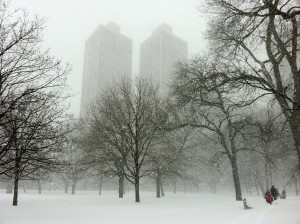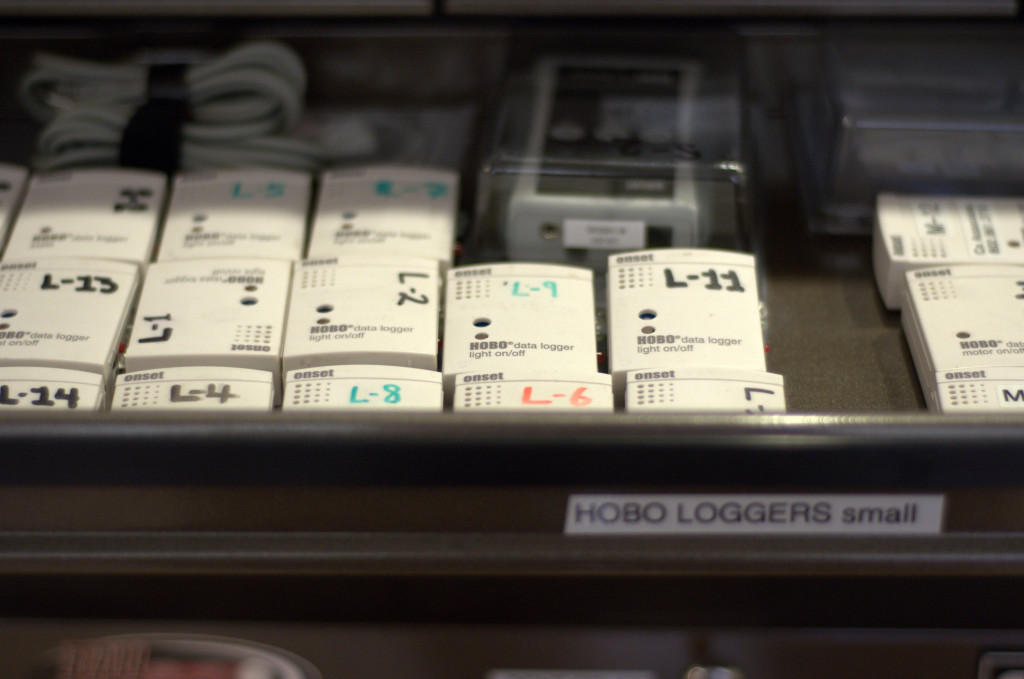Before joining Cx Associates I worked as a sales engineer in western New York, with a specialty in Variable Refrigerant Flow and Ductless Split systems. With the new popularity of these systems across the country there are still many questions facilities managers, engineers, and contractors have regarding their cold weather performance. There are several important aspects of these systems to keep in mind before deciding whether they are right for your facility or project that requires cold weather heating.
What is a cold weather heat pump?
What exactly is a cold weather heat pump? My personal definition would be, “a heat pump that is capable of providing 100% or near 100% rated heating capacity at low ambient temperatures.” A key word in this definition is “capable.” Often times these cold weather heat pumps utilize inverter driven compressors which can be driven above normal rated capacity to meet demands at lower temperatures. A designer looking to design an efficient HVAC system should be aware of what heating output will be compared to energy usage in low ambient conditions. When operating at very low temperatures, the efficiency of these systems can suffer.
Cut off temperature
A function that is built into any VRF or Ductless Split heat pump is a low ambient “cut off” temperature where the system will shut down to protect itself, or can no longer produce a meaningful amount of heat. The exact cut off temperature varies depending on system type and manufacturer, but it is an important specification to know when looking to design a cold weather heat pump system. For some cold climate regions like Vermont where temperatures are known to reach this cut off, a full backup heating system should be in place. Even if the temperature might only be reached a few times a year I would not want to be stuck without heat when it is -30°F in the middle of the night. Luckily, these extreme low temperatures usually only occur a few times per year, so the VRF or ductless split system can provide efficient operation for most of the year.
Alternate heat source
Many of these heat pump systems have an optional function that can activate an alternate heat source during periods where the system cannot produce enough heat to meet demand, or when the system goes into a defrost cycle. Some of the systems can also be set up to activate an alternate heat source at a predetermined temperature; this may involve some additional controls that are not usually provided with the OEM heat pump controls.
Plan ahead for success
Using cold weather heat pumps can be a great solution as long as you’re aware of their limitations and plan accordingly. Cold weather heat pumps are becoming very popular for a reason; they are a very efficient HVAC option that has many advantages over traditional systems. The technology is constantly improving, and the below zero cut off temperatures are continuously dropping. As long as you keep in mind a few specifications and control options that should be examined by engineers or contractors when designing for these systems in a climate like we have in Vermont, these systems can be effective and efficient.






